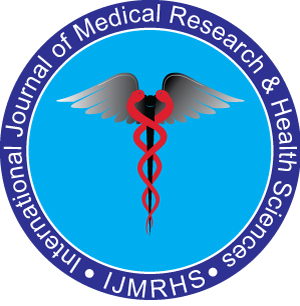Abstract
Classification of Amyloidosis SubTypes by Synchrotron InfraRed MicroSpectroscopy
Author(s):Jasenka Mazibrada*, Sophia Neda Nikolaus Wellner, Magda Wolna, Johan Bijzet, Arjan Diepstra, Slaveya Yancheva and Gianfelice CinqueThe aim of this study was to assess the use of Synchrotron Radiation Fourier Transform InfraRed microspectroscopy (SR micro-FTIR) in the diagnosing and subtyping of different misfolded proteins in various tissues and organs. To this end, specimens from various organ sites were investigated. Multivariate data analysis was applied to correlate the spectral datasets with histological and immunohistochemical findings and clinical data. The results of the study reveal significant segregation of tissues affected by amyloidosis and controls, but the observed amount of amyloid β-sheet did not correlate with the disease state. Amyloid light-chain type specimens contained more β-sheet structures than non-Amyloid a types, and Transthyretrin type showed very little. The Insulin type behaved differently altogether. The amyloid type apparently had a bigger effect on the spectra than the tissue origin. However, there were common spectral changes probably related to tissue damage which indicated the transition from healthy to diseased state. This suggests that not only SR micro-FTIR can be used for detection of amyloidosis, but also for distinguishing different subtypes, and can be an efficient and reliable alternative diagnostic tool.
Select your language of interest to view the total content in your interested language
